Perennial ryegrass
To create a decorative corner with a beautiful and well-groomed lawn will take a lot of energy, patience and time. Not every land owner is able to cope with such a task. To lawn outwardly looked great and at the same time was undemanding in care, you need to choose the right type of lawn grass.
Content:
Before proceeding with sowing the lawn, it is worth deciding on its purpose and what function it will carry in the future. It can be just a decorative element of a common garden area, a green recreation area, a natural lawn or a playground for active games.
The variety of lawn grass - perennial ryegrass is well suited for all types of lawns. It develops short shoots with bright green foliage, which forms a dense grass cover. From the seeds of this unique variety, a low, uniform herbage of a beautiful and quite presentable appearance is obtained.
Perennial ryegrass care
Perennial ryegrass from the family of cereals, it is also known as English ryegrass or pasture. It is considered a valuable variety, as it creates a dense growth and retains a lively appearance until late autumn. The grass stand is kept in good condition for 5-7 years.
Ryegrass is an amazing plant with high vitality. It grows on any soil, except for too moist. The main care of the plant is reduced to watering during the dry summer-autumn period. Ryegrass does not tolerate drought at all, but excessive moisture also negatively affects the growth of the grass. The roots begin to rot and the plants die.
Ryegrass is fed only during planting. It does not require additional feeding, but responds well to biocompost feeding during intensive growth.
Prefers ryegrass mild climate, but it can grow at temperatures of 16-18 degrees below zero without the presence of snow. In the presence of an impressive layer of snow, it can painlessly tolerate even lower temperatures.
Perennial ryegrass can often be cut and mowed. Thanks to the powerful root formation system, it quickly recovers, even after strong mechanical stress.
Ryegrass is resistant to many diseases herbs. During the entire growth period, the grass rarely gets sick.
Low temperatures negatively affect ryegrass. It does not tolerate snowless winters and is sensitive to late spring frosts. During severe frosts, its crops can freeze by 30%. Therefore, in the spring, they carefully examine the crops and restore empty places by sowing.
How ryegrass is propagated
Propagated by ryegrass seeds, sowing them from May and throughout most of the summer. Sowing grass is quick and easy. Seedlings, depending on the impact of external conditions and climate, appear already on the 7-10th day. Ryegrass in the first year of life forms a beautiful thick carpet that can be mowed using a lawn mower. After mowing, the grass grows back quickly and again covers the area with a green fluffy carpet.
Seeds of grass mixtures with ryegrass are available for sale. It makes the overall green background more attractive, helps to keep the lawn in good condition, in combination with more beautiful, but also more demanding grasses.
Successfully complementing ryegrass are herbs such as meadow bluegrass, comb and fescue.
Ryegrass seeds can be harvested by yourself. For this, part of the crops is left unmown, and in July, when they are ripe, the spikelets are cut and seeds are extracted.
For what purposes ryegrass is grown
Perennial ryegrass is a high-yielding crop and therefore is used not only for creating decorative lawns, decorating park areas and landscaping playgrounds for sports, but also for cultivation in agriculture.
Due to its nutritional value and the formation of stable high yields, ryegrass is used as a fodder cereal for pastures. It is widely used for feeding cattle, goats, sheep and horses.
Ryegrass is one of the important components of grass mixtures, it goes well with red and pink clover, alfalfa, horned flower and other perennial cereals.
In early spring, in April, the grass begins to grow actively, and in May it is already suitable for grazing. Ryegrass forms multi-cut grass stands, which makes it possible to provide farms with green raw materials.
Under favorable conditions, ryegrass forms a good sod and can grow in one place for several years. In terms of its nutritional properties, it is not inferior to timothy and meadow fescue, and therefore it perfectly improves the structure and fertility of the soil.
Perennial ryegrass is the best option for obtaining dense grass and decorating your backyard. Everyone can create a green "paradise" corner in their garden by sowing perennial ryegrass grass. But you need to be patient so that from a simple plot of land you get a chic, softly creeping "carpet" of ornamental grass.



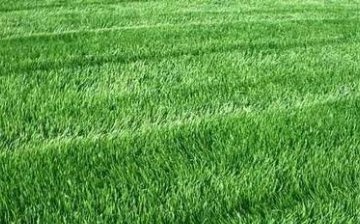
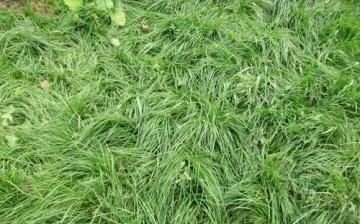

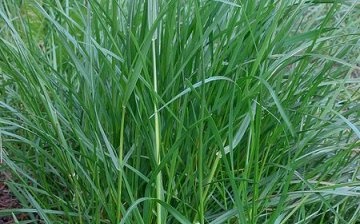




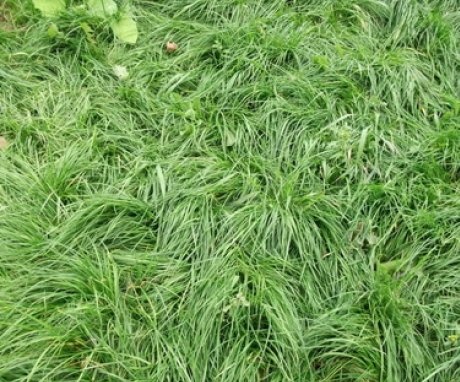
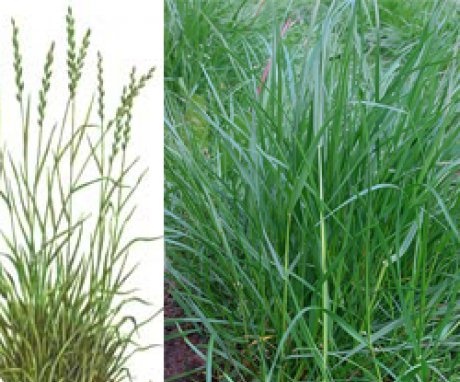
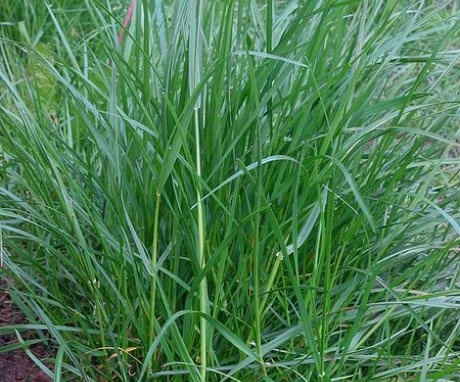
Before sowing ryegrass, is it worth fertilizing the soil, digging up the area, or can you just sow the seeds on a slightly loosened soil?
I want to make a mini soccer field in my yard with a lawn covering, can you tell me if ryegrass is suitable for this?
Topical article for me. I plan to sow the lawn in the summer. But the bad experience of my friends scared me a lot ...